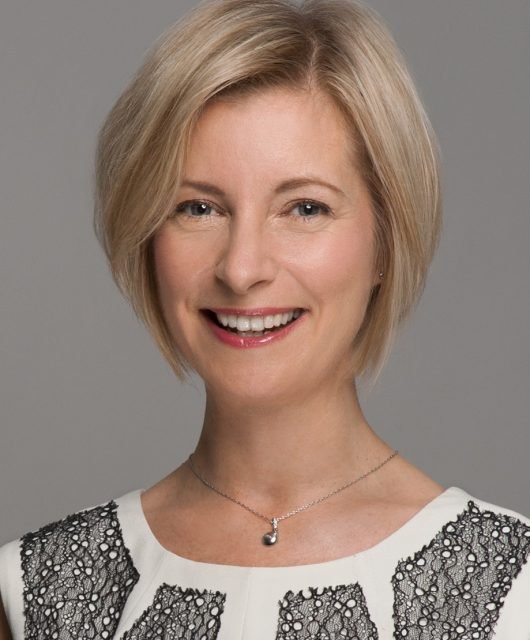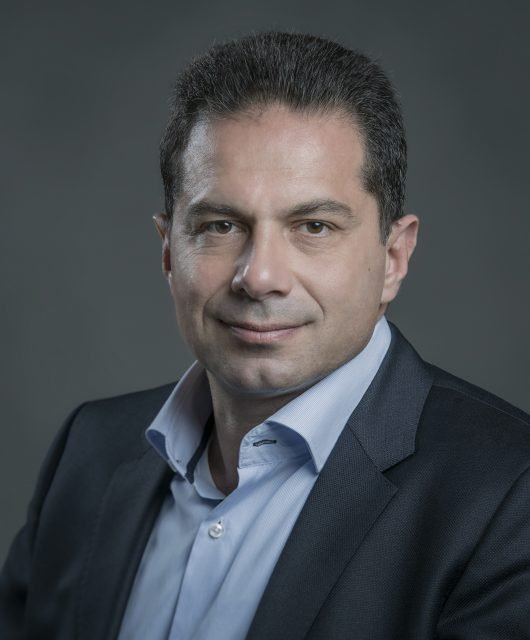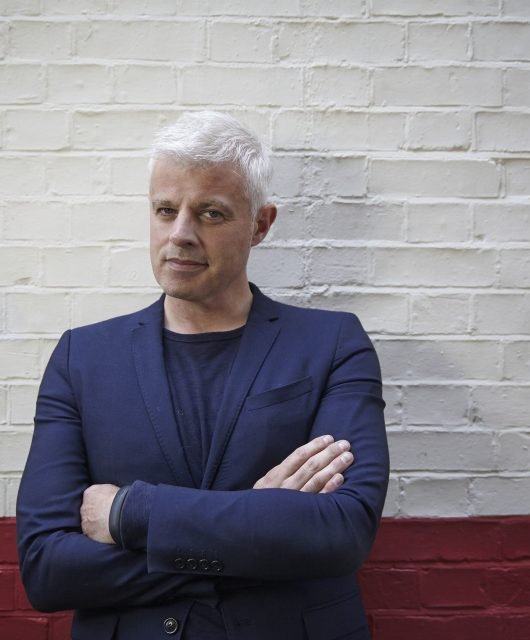Building Brand Relevance With Gen Z: Q&A With Nescafe’s Yasmine El Fiqi and Seif Hamdy
By 2020 Generation Z – the generation born after millennials – will account for more than 40% of the global consumer and brands will be forced to be stay relevant, Gen Z is already here, consuming and influencing. Getting ahead of the curve with understanding their behavior will act as a future-proof for brands. Nestle’s Nescafe Egypt was able to build a MENA Effies award-winning brand relevance with Gen Z through the breakthrough brand campaign ‘University Pride Campaign’. The Brandberries has exclusively interviewed Yasmine El Fiqi and Seif Hamdy, Marketing and Brand managers of Nescafe, to get to know what the campaign was all about and their secret sauce behind this Gen Z relevance.
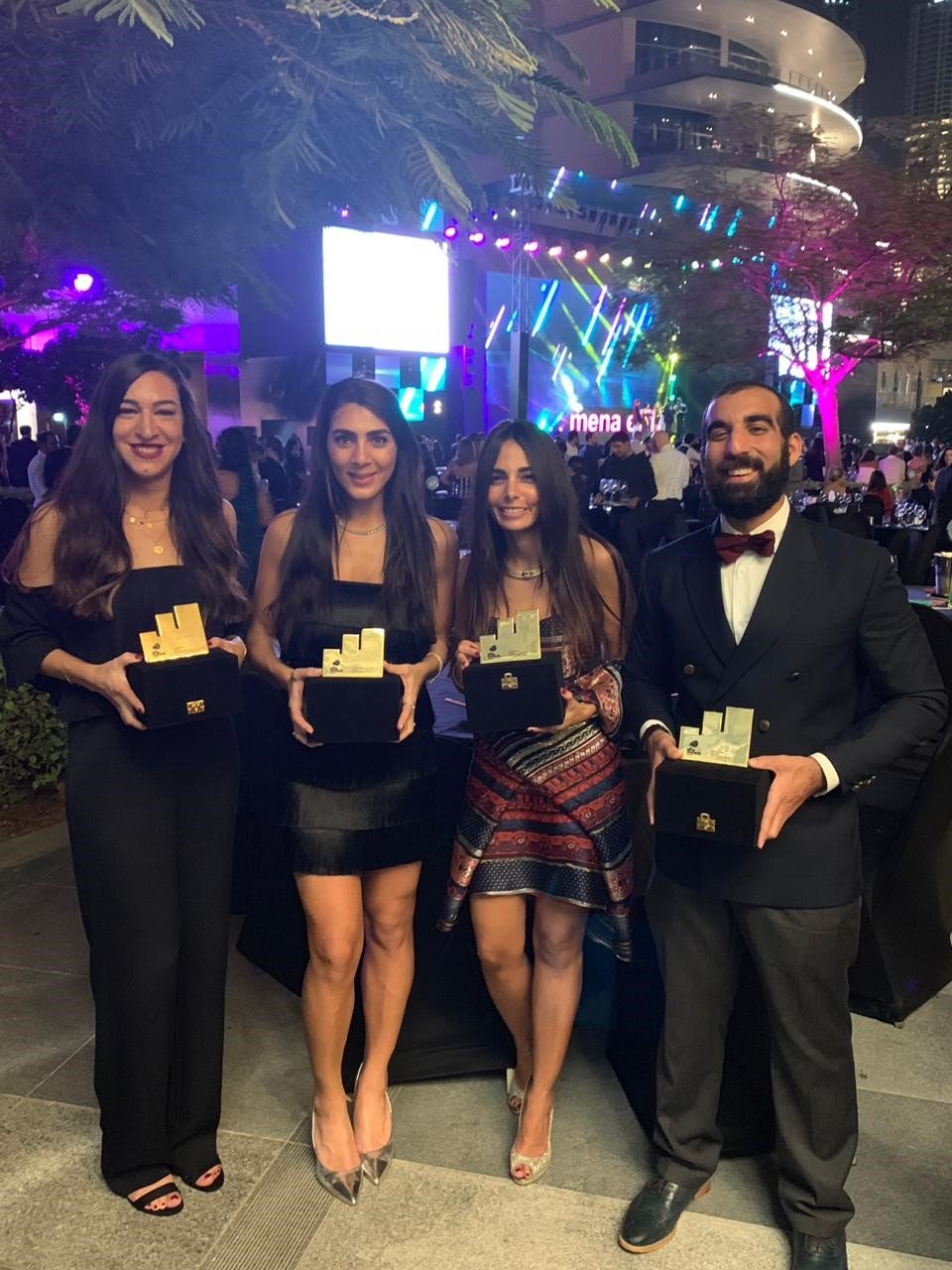
BB: Love it or hate it, the next breed of consumers are here and accounting for a significant chunk of the buying power, Gen Z. In a nutshell, how would you describe the fundamental characteristics of their behaviour towards brands? What are their drivers? and What influences their buying decisions ?
YF: What differentiates Generation Z from the Millennials & make them distinctive is the fact that they have always been connected. With the enormous amount of information they are exposed to; they became very up to date, fast paced, on-the-go and that makes it very difficult to gain their loyalty for a specific brand. They are always looking for new innovations, trendy look & tone of voice, strong functional & emotional product benefits, and relevance.
Moreover, Gen Z consumers use different platforms to acquire information, looking into these platforms we were able to tailor the University Pride campaign in a way that ensures highest reach among the target audience. By doing so, we were able to reach them effectively via social media and have them engage with us.
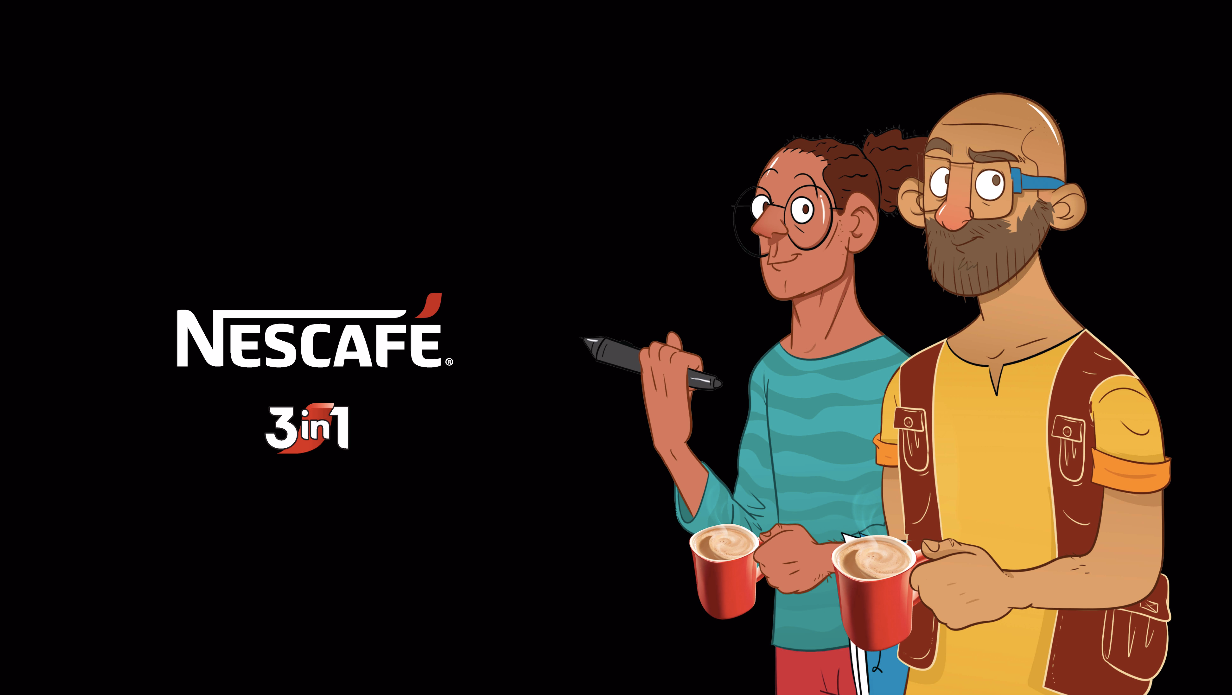
BB: The ‘University Pride’ campaign was created to help in positioning Nescafe as the coffee brand for university students. In your opinion, how can brands drive consumer loyalty with Gen Z ?
SH: There isn’t a new formula or unexpected tip, make your core target in the heart of literally everything you do. They don’t want any brand who imposes itself on them or try hard to go with their trends. Just be insightful & real when talking to your consumers and let them do the talk.
It’s also important that brands make themselves part of their consumers’ lives rather than enforcing their consumers to fit in with the brand personality, this will help in creating brand loyalty. Having so, we created the University Pride campaign to fit in the lives of university students by highlighting the struggles they often face. We believe this is was a successful approach when we found consumers engaging with us and sharing university anthems.
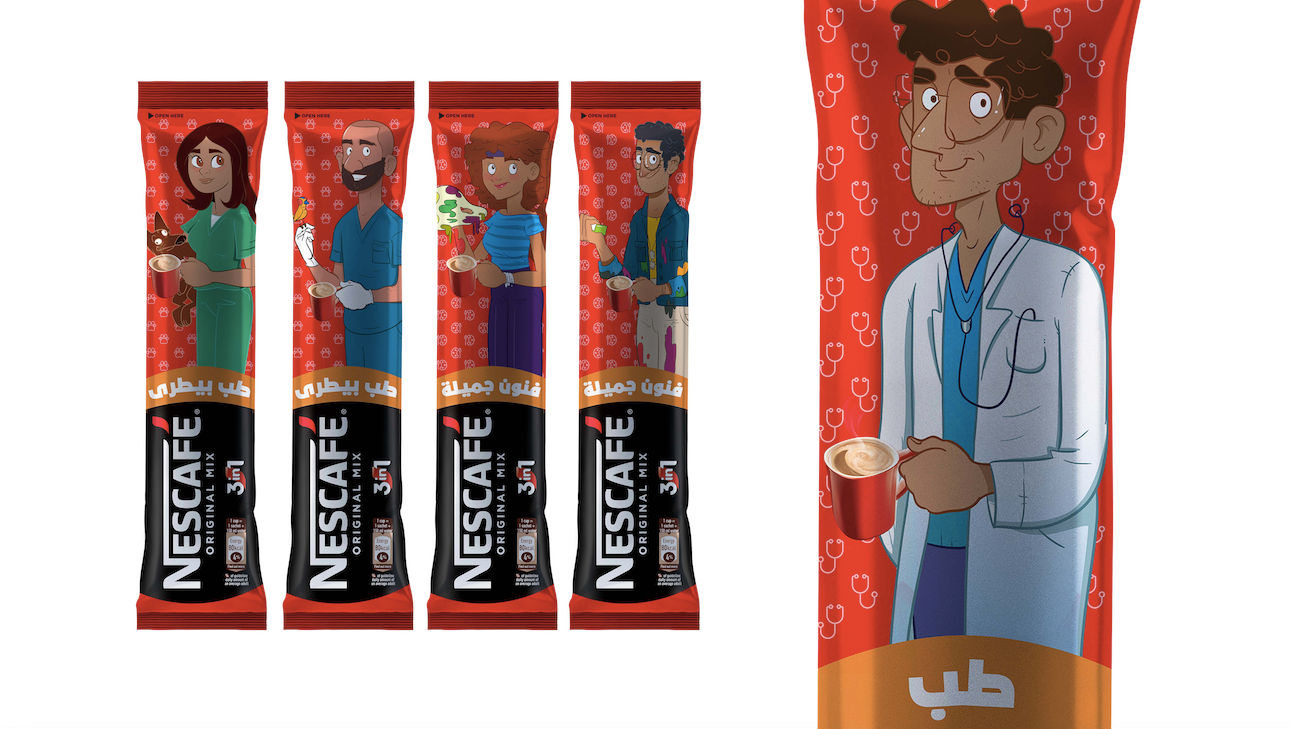
BB: Gen Z are known to be ‘digital natives’. How can bands of today design an effective engagement strategy with such a digital-savvy consumer group? How was that reflected in the campaign touchpoints?
YF: Before answering these questions, we need to highlight the importance of choosing the right medium for your core target. Saying that, we have decided to launch this campaign only on digital platform despite of its huge scale & importance to us. And you know what … it worked really well!!
Customization & digital assets utilization were also significant pillars for the success of this campaign. One content that fits all touchpoints is not applicable in today’s world, especially when it comes to marketing for ‘digital natives’. You have to be up to date with the newest & trendy ways of communications, and then tailor different content types & assets to suit each of the different mediums.
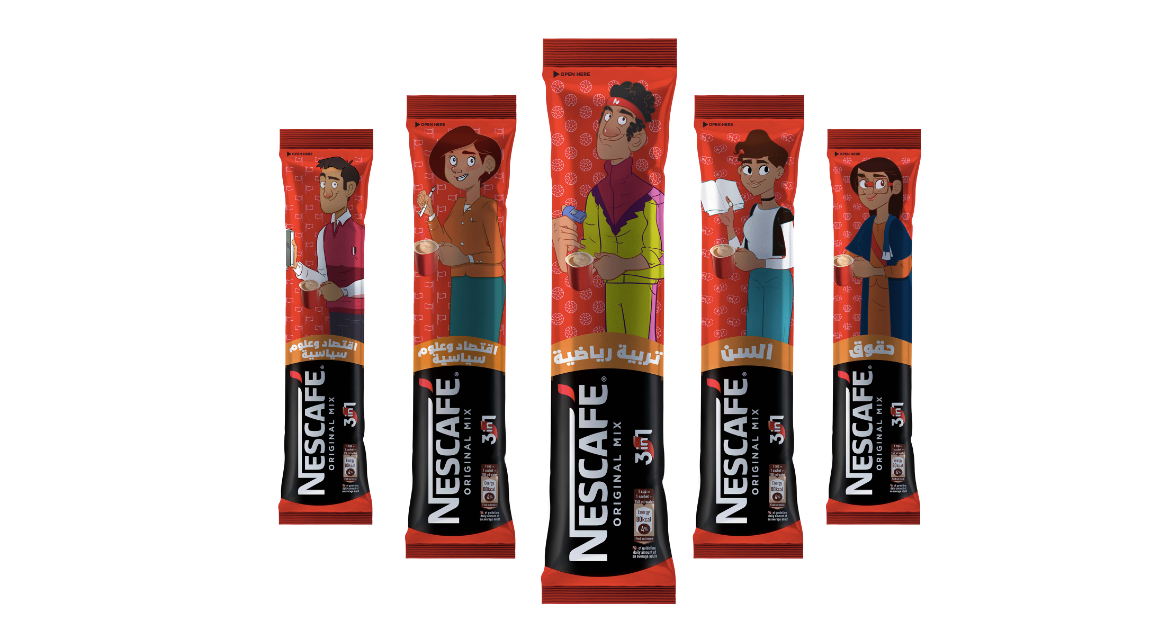
BB: How brands can seduce Generation Z? What they’re looking for in a brand?
SH: Undeniably, we all know that content is king & when it comes to content, Generation Z are looking for experience & relevance. This target is now looking beyond the functional benefit of the products they use, as they are more interested into living a unique experience through using whatever product or service. Learning the above, we created Nescafe 3in1 packs tailored to different university majors which triggered our sales by 30% during the first month of their launch. To wrap up, delicate targeting is key.
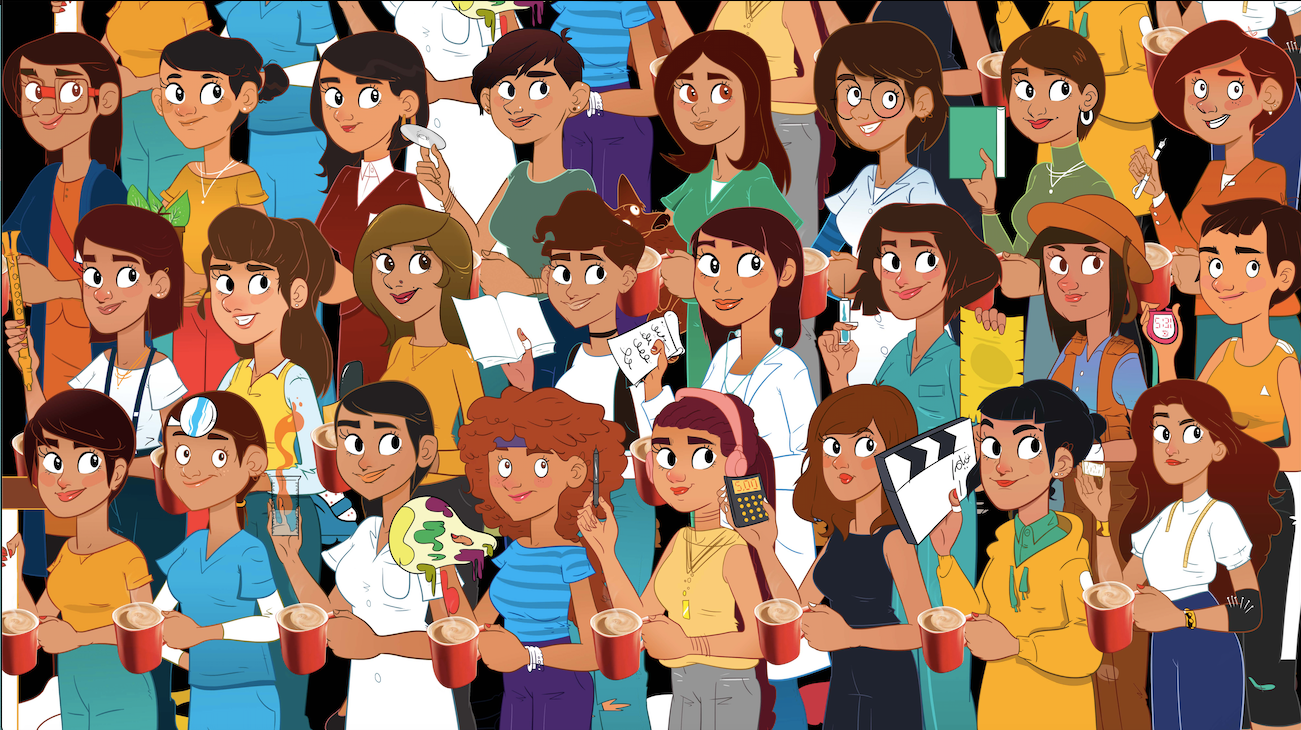
BB: Gen Z are attracted to brands that are purposeful and conscious. Can you mention some ins and outs for brands to stay relevant to this newly-bred consumer group?
YF: In Nestle we stand for our values & principles. Our mission is to delight consumers enhancing their quality of life. We are not only interested in achieving highest sales, rather, we are very interested in marketing our products responsibly and sensibly, and that what creates a bond between us and our customers, not only at Nescafe but across other Nestle brands as well. Therefore, it’s important to enable consumers to make the right choices by providing them with righteous information.
BB: It’s indisputable that brands are able to win with personalized experiences. Please comment with shedding some lights on the personalized characters created for the campaign.
SH: We were genuine about what we wanted to do. We really wanted to strengthen the pride of students towards their faculties & majors. With the increased competition in the labor market, no major will guarantee an easy job opportunity. Thus, students should study what they love & passionate about. As a brand, we have altered the design of our packages for all of the available majors to highlight that everyone is important in this community. We have also created designs for both genders per each major, because we do believe that there shouldn’t be any sort of gender stereotyping for any major.
It is worth mentioning that the Nescafe University Pride campaign was the most awarded campaign in MENA Effies Awards 2018, by winning won 4 Gold Awards for creative marketing in 4 categories: Renaissance, Marketing for Youth, FMCG & Branded Content.
BB: Brand campaigns are primarily targeting better business results. How Nescafe was able to measure the business effectiveness of the campaign? What are the metrics involved?
YF: We have divided our KPIs into 3 main categories: internal business results, external business results & consumer satisfaction. When it comes to internal business results, it was mainly about the sales uplift & the increase in distribution. While the external business results was mainly about the market shares. As for the consumer satisfaction, it included the engagement on the different digital platforms, brand funnel, imagery attributes & we have also partnered with Facebook to do a BLS “Brand Lift Study”.
Thanks to our beloved consumers, the results were impeccable for all of the 3 categories.


